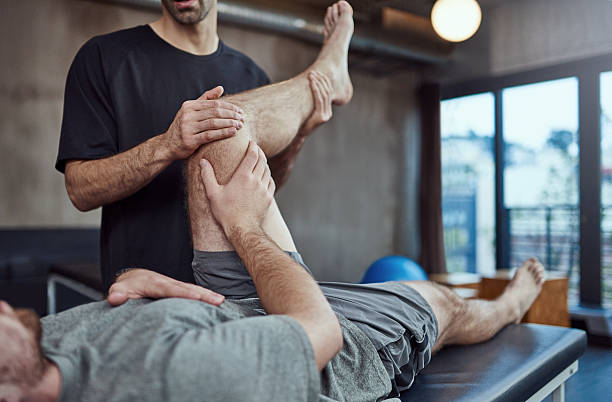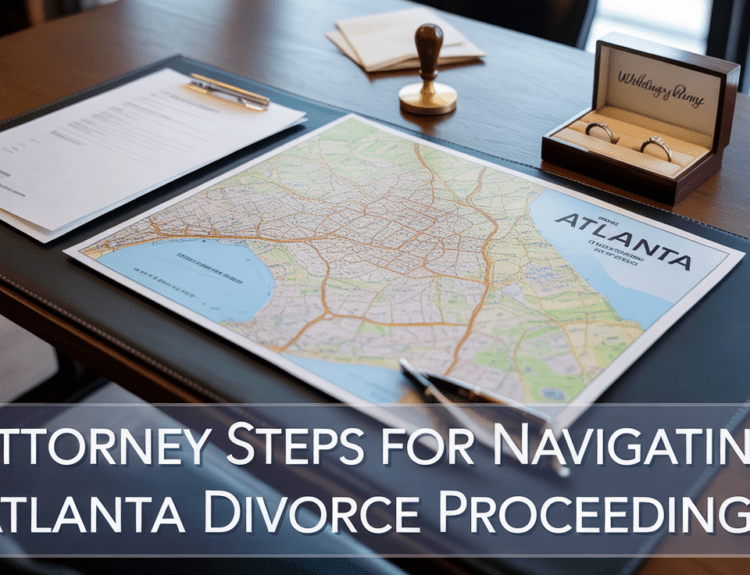Contents
What Are the Common Causes of Delayed Soreness After a Fall and How Can It Affect Your Recovery?
Experiencing soreness after a fall is common, yet the reasons for this delayed reaction can vary. Factors such as muscle strain, underlying injuries, or even the body’s natural inflammatory response can contribute to these sensations. Understanding these causes is crucial for managing recovery effectively and preventing further complications.
Delayed soreness can significantly impact an individual’s rehabilitation process. If not addressed properly, it may lead to reduced mobility and ongoing pain. Recognizing the signs and seeking appropriate treatment can facilitate a smoother recovery.
Understanding Delayed Soreness
Delayed soreness often occurs after a fall, manifesting as discomfort in the days following the incident. Recognizing this type of soreness is crucial for effective recovery and injury management.
Definition and Symptoms
Delayed soreness, commonly referred to as delayed onset muscle soreness (DOMS), typically arises 24 to 72 hours after an injury. This phenomenon is characterized by pain, tenderness, and stiffness in the affected areas.
Symptoms can vary in intensity and may include:
- Localized pain: Specific areas of discomfort around the injury site.
- Swelling: Inflammation that can contribute to tenderness.
- Decreased range of motion: Limited mobility due to pain or stiffness.
Individuals experiencing delayed soreness may find normal activities challenging, affecting their overall recovery process.
Common Causes of Delayed Soreness
Delayed soreness is a common response following a fall. Several physiological and mechanical factors contribute to this discomfort, including muscular strain, the body’s inflammatory response, and adaptations in the nervous system.
Muscular Strain and Microtrauma
When an individual experiences a fall, the muscles often undergo stress, resulting in strain. This can cause microscopic tears in muscle fibers, known as microtrauma. The affected muscles may initially feel fine but become sore as inflammation sets in.
Muscular strain disrupts normal function, leading to delayed-onset muscle soreness (DOMS). Symptoms typically peak 24 to 72 hours post-injury. Identifying and addressing muscle strain early can help in alleviating discomfort and expediting recovery.
Inflammatory Response
After a fall, the body initiates an inflammatory response to repair damage. This process involves the release of various chemicals that promote healing but also contribute to soreness. Inflammation can cause swelling and increased sensitivity in tissues, leading to discomfort.
This response can be beneficial in the long run, aiding recovery, but it may also lead to temporary pain. Managing inflammation through rest, ice, compression, and elevation (RICE) can be critical to reducing soreness and promoting healing.
Nervous System Adaptation
Following a fall, the nervous system may adapt in response to the trauma. This adaptation includes changes in neural pathways and muscle activation patterns. As the body learns to compensate for the initial injury, it may experience delayed soreness.
This can occur due to the increased recruitment of muscle fibers that were previously underutilized. The nervous system’s adjustments can lead to soreness in unexpected areas, complicating recovery.
Impact on Recovery
Legal help for delayed soreness after a fall can significantly influence an individual’s healing process. Understanding its implications on recovery is essential for effective management strategies.
Complications in Healing
Delayed soreness can hinder the body’s natural healing mechanisms. When an individual experiences soreness, it often leads to reduced mobility, which can impede blood circulation. Poor circulation may result in swelling and inflammation, further complicating recovery.
Additionally, localized pain from soreness may prompt individuals to avoid using the affected area. This decreased activity can lead to muscle atrophy and joint stiffness, prolonging the healing time frame.
It is crucial to monitor any pain levels and adapt rehabilitation strategies accordingly. The longer the soreness persists without appropriate management, the greater the risk of developing chronic conditions or complications.
Psychological Effects
Experiencing delayed soreness can also affect mental well-being. Individuals may feel frustration or anxiety about their healing process. These emotions can stem from the limitations imposed by pain or the fear of further injury.
Anxiety related to recovery may result in avoidance behaviors, such as limiting movement or physical activity. This can create a loop where both physical and mental health deteriorate together.
Support from healthcare providers, along with therapeutic strategies, can help mitigate these effects. Positive reinforcement about recovery progress is vital in maintaining motivation and encouraging self-efficacy.
Physical Therapy and Rehabilitation
Physical therapy plays a critical role in addressing delayed soreness after a fall. Therapists can implement tailored rehabilitation programs focusing on pain management and restoration of function. These programs may include modalities like ultrasound or electrical therapy. A tried and true method that is often popular is to visit a massage spa in Fort Worth, TX (or indeed elsewhere) for some manual therapy of the muscles in the affected area. Massage therapy performed in a spa or physio setting can help to reduce inflammation around the injury and help the body to return to its original state sooner, it also provides temporary relief as blood flow is stimulated, which can improve mental aspects of the injury.
Gradual strengthening and flexibility exercises are also integral to the recovery plan. These activities help maintain muscle mass and improve joint mobility, which is essential for regaining functionality.
Regular assessments by a physical therapist ensure that recovery is on track and adjustments are made as necessary.
After a fall, individuals may face several legal issues, especially when delayed soreness arises. Understanding when to seek legal help and how compensation can influence recovery is crucial.
When to Seek Legal Advice
It is essential to consult with a legal professional when there are significant injuries or prolonged pain after a fall. If the injury resulted from someone else’s negligence, it may warrant legal action.
Signs that legal advice may be necessary include:
- Continued or worsening pain: If soreness persists or intensifies, it could indicate a serious injury.
- Medical documentation: Gathering medical records can be crucial for a potential case.
- Witness statements: Information from individuals who observed the incident can support claims of negligence.
A lawyer familiar with personal injury cases can evaluate the situation, ensuring rights are protected.
The Role of Compensation in Recovery
Compensation plays an important role for those affected by falls. It can cover medical expenses, lost wages, and other related costs, facilitating a smoother recovery.
Types of compensation may include:
- Medical bills: Covers expenses associated with treatment and rehabilitation.
- Lost income: Provides financial support for time off work during recovery.
- Pain and suffering: Compensates for emotional distress caused by the injury.
Securing compensation can significantly alleviate stress, allowing individuals to focus on healing. Consulting with legal professionals can clarify the next steps and potential outcomes.




